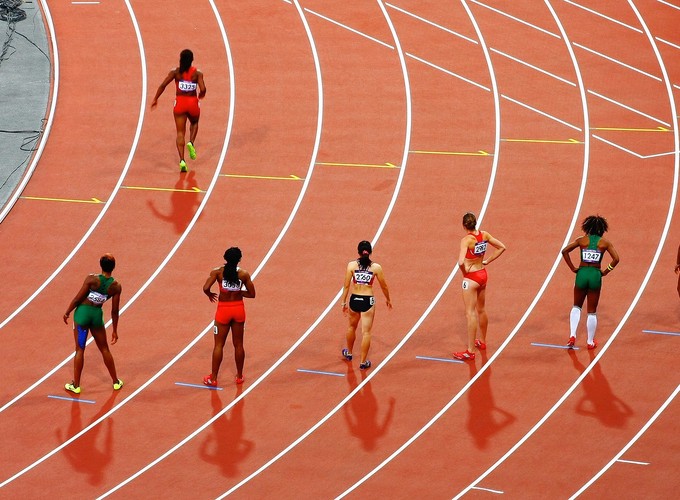Empirical research evidence (Whitaker, Long, Petróczi, & Backhouse, 2014; Henning & Dimeo, 2017; Pitsch & Emrich, 2011) and theoretical models (Petróczi, 2013) suggest doping within Sub-National level athletes may be more prevalent than first thought. Doping is defined as self-reported use of one or more of the prohibited substances/methods specified by the World Anti-Doping Agency (WADA). The Sub-National-level population of athletes are characterised by three defining factors: (1) such athletes are on the precipice of a professional athletic career, (2) are aged 16 to 21years, and (3) are likely to be exposed to a range of new influences (e.g., new coaches, competitors, peers, and environments). These factors make this population of particular interest from an anti-doping perspective. First, Sub-National level athletes on the verge of a professional career are in a high reward/low risk situation. Next, the malleability of attitude formation during this transitional life stage means they may be more susceptible to formation of positive attitudes towards doping (Petroczi, 2013). Finally, the range of new influences they are exposed to may leave them open to social and environmental pressures that promote doping. As such, it is important that researchers attempt to identify and understand the psychosocial processes that may affect doping in this population.
Although it is difficult to determine accurate prevalence rates, de Hon, Kuipers, and van Bottenburg (2015) recently estimated doping prevalence to be between 14 and 39% in elite-level sport. Similarly, Momaya, Fawal, and Estes (2015) suggested rates of doping among athletes, although variable, range between 5 and 31%. Little is known, though, regarding the prevalence of doping specifically in Sub-National-level athletes. However, given the arguments presented previously for Sub-National-level athletes’ susceptibility to doping, prevalence rates may be particularly high in this population (Whitaker et al., 2014). As such, research examining prevalence rates targeting this specific competitive level is warranted. The purpose of the current study, therefore, is to examine factors that may influence Sub-National-level athlete’s attitudes towards, prohibited forms of performance enhancement in sport, as well as to determine prevalence of use in this population.
Within the current study we adopt Bandura’s (1991) social cognitive theory of thought and action as a theoretical framework. For Bandura (1991), harmful activities, such as doping, are deterred when a negative emotional response is anticipated (e.g., guilt). However, this anticipated response can be negated through the use of a range of cognitive mechanisms, which restructure harmful activities so they are perceived by the transgressor as benign or worthy (Bandura, 2010). These psychosocial mechanisms are collectively termed Moral Disengagement (MD). In this instance, MD may facilitate doping by allowing Sub-National level athletes to use prohibited forms of performance enhancement without experiencing a negative emotional response. For Bandura, this process is controlled by a secondary mechanism termed self-regulatory efficacy (SRE). SRE represents an individual’s belief in their ability to resist personal and social pressure to engage in transgressive activity. Therefore, within the current study, SRE represents an individual’s capacity to withstand the influences that encourage the use of prohibited forms of performance enhancement. Given the low risk/high reward environment of Sub-National level competition, Sub-National level athletes may be particularly susceptible to doping related transgressions.
In conclusion, this work is important as gaining a better understanding of the potential influence of career threat on Sub-National level athletes’ attitudes towards doping, has the potential to inform both future research and policy interventions aimed at reducing athlete doping. Moving forward, we aim to build on the current research and test the causal effects of perceived career threat on athletes’ attitudes towards, and use of, prohibited forms of performance enhancement. Further, we aim to develop interventions to reduce use of prohibited performance enhancers in sport. The current study is a first step in this process.
